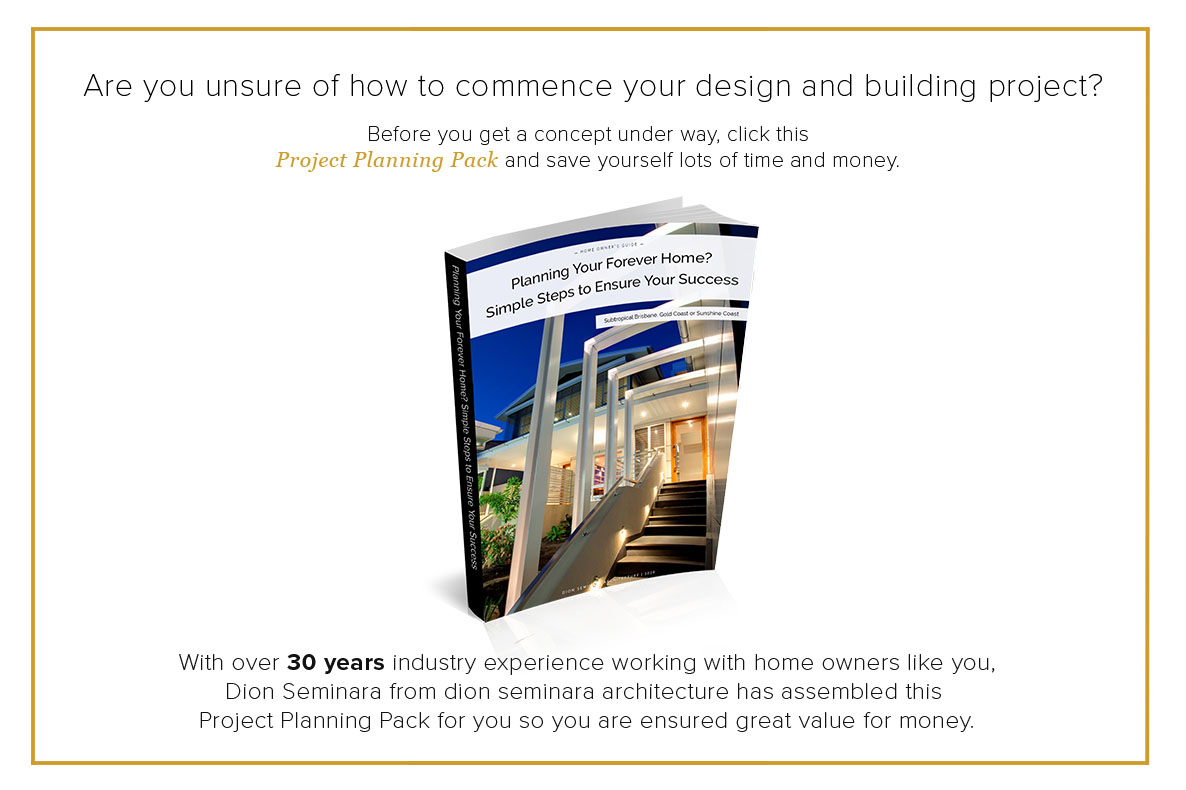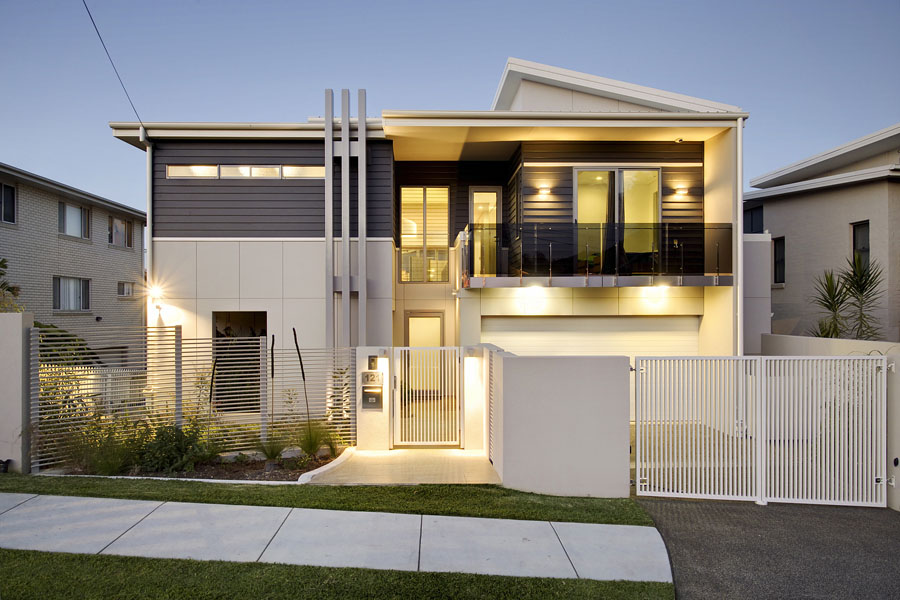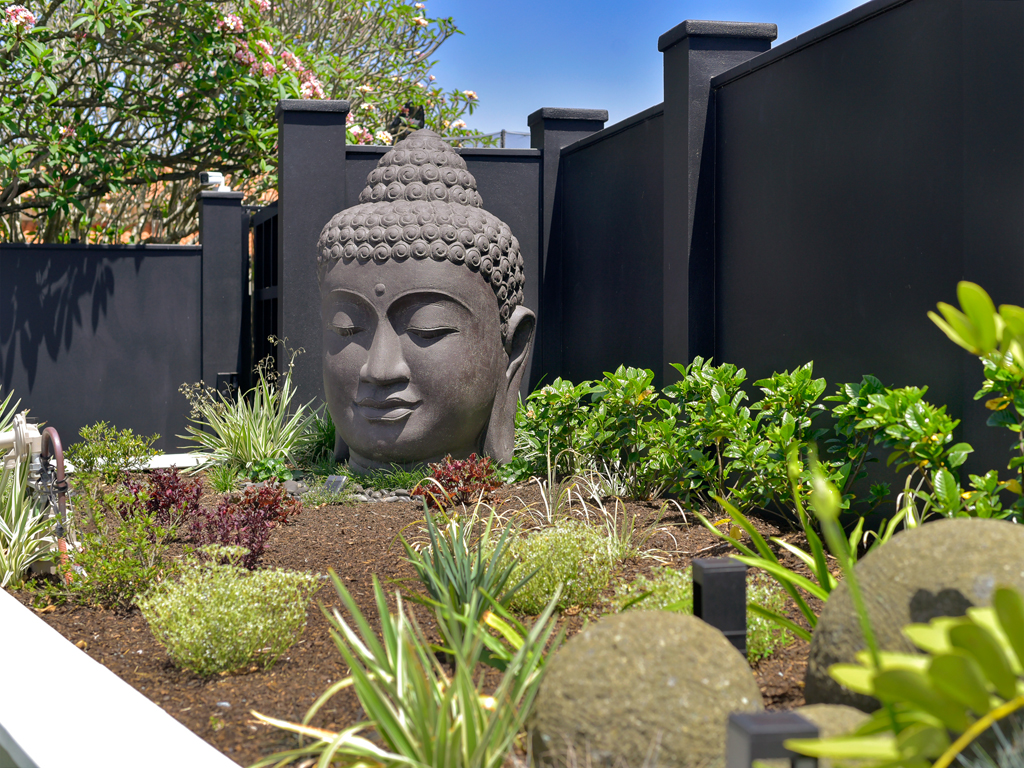
7 Top Tips for Landscaping Your Home
Lifestyle, Tips and AdviceIt’s a great time of year to be outside enjoying the warmer weather. But is your yard up to par? Is it looking its best? Does it compliment your home? And does it suit your lifestyle and needs? If not, we’ve got some great ideas to help cope with the Brisbane climate . Did you know that we offer high-quality landscape architecture services? Well, we do, and we have pulled together the top seven handy tips for landscaping around your Brisbane home.
7 Top Tips for Landscaping Your Home
Landscape Architect Tips
1. Start at the Beginning
When planning your home landscaping, we typically start from the front and work to the back. Even if the front yard doesn’t need to be done, the design of the remodelled parts of your yard should cooperate and be sympathetic to what’s at the front.
When we mention streetscape, most people immediately think of the front of their house. The actual structure itself. But the design of your front yard plays a huge part in the impression you make. Fences and gates, plant selection and all the other features should be carefully selected to add to the overall beauty of your home.
Expert tip takeaway: The landscaping at the front of your home should have a visual impact and then blend through to the rear of the property.
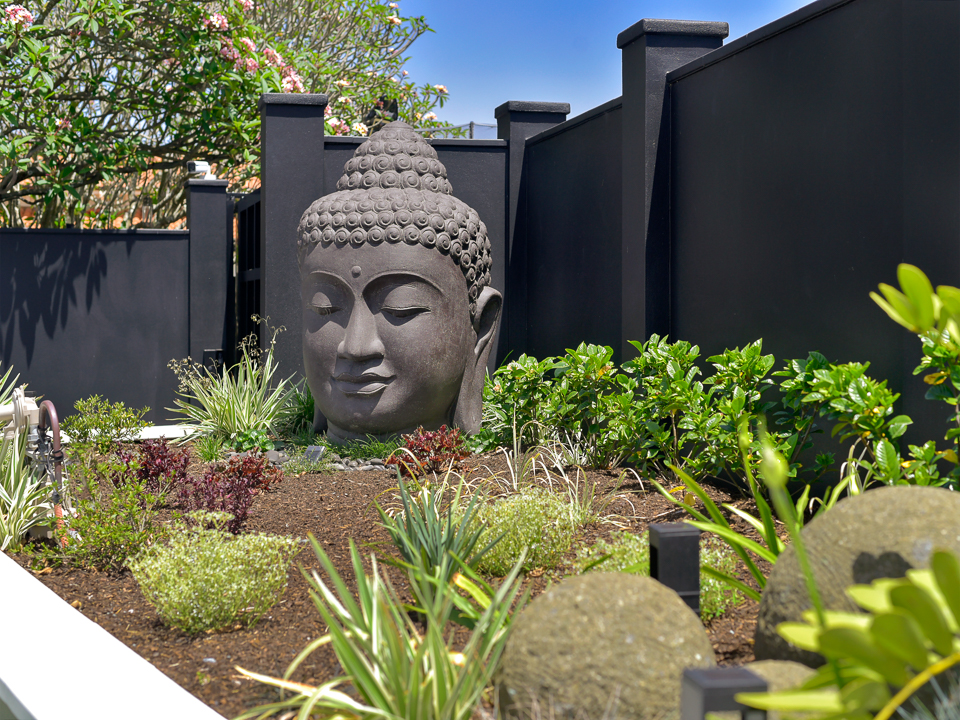
Hawthorne Queenslander Home: Extensive external and landscape work brings this 1930s Art Deco Queenslander home to life, with both contemporary and character features. Additionally, The use of a dark colour scheme brings the classic features of an Art Deco Queenslander to the forefront.
2. Do the Hard Stuff First
When people think of landscaping, most people think of plants and vegetation. But the hardscapes are a crucial part of your landscape design. This includes any structures, like water features, paths, swimming pools or retaining walls.
When we begin a landscaping project, we start by getting to know your lifestyle needs and what you want from your external areas. From there, we formulate the hardscape aspects of your landscape design. And only once that is finished do we start planning plants and lawn areas.
Everything is designed to complement the property as a whole. Your hardscaping should enhance your home when you are outside looking back at your house, it should also create visual interest when you’re inside looking out. That’s why our services combine building, interior and landscape expertise, giving us a unique advantage in this area.
Expert tip takeaway: Use your hardscape to ‘frame’ your softscape, creating visual borders and drawing your eye to areas of interest.

Cashmere Pool Pavilion Renovation: The concept behind this pavilion pool renovation was to integrate the existing pool with an entertainment area for the enjoyment of family and friends. Renovating the pool area and outdoor patio space was required to provide much better linkage between the outdoors and pool back to the existing home. The design challenge was to provide a visual connection to the pool from the house.
3. Lawn Considerations
How much lawn you have will depend on the size of your yard, what hardscape features you have, and the layout of your garden bed. You should also consider how often you want to mow. It is possible through clever design to create a very green-looking space with minimal lawn area. But if you’re someone who likes a lot of lawn, then there are a few things to keep in mind.
First, grass selection is important. Nobody likes a weedy lawn, but did you know some grass types are very weed-resistant? Different grass types also have different growth rates, which means less mowing. Also, certain species, like Palmetto for example, work well in shaded areas. This makes them a great choice for around the base of trees or in very shaded gardens, where other types of grass won’t grow.
Of course, not everyone likes natural grass full-stop, and instead would rather have synthetic grass or peddles and concrete. And whilst these are options, particularly if you’re time-poor or detest any form of garden maintenance, it’s important to keep in mind the benefits of natural grass, which can include:
- Environmental: Lawns absorb carbon dioxide and release oxygen, which helps to improve air quality. Natural grass also filters rainwater, improving the quality of groundwater supplies.
- Cooling effect: Concrete and synthetic grasses retain heat. This helps keep your own yard cooler while helping to reduce the urban heat island effect.
- Natural habit: Whilst not everyone likes insects, they are an important part of our ecosystem. Grass provides a natural habitat for these creatures, which in turn helps other animals in the food chain.
- Wellbeing: Grass is soft, cool, and ideal for outdoor activities. Having an environment that encourages you to get outside comes with a range of obvious health benefits as well.
Expert tip takeaway: Edging can be time-consuming and difficult to maintain. A well-designed lawn area can keep edges that require maintenance to a minimum.
4. Low Maintenance / Low Water Consumption
If you love gardening, then the amount of maintenance your garden requires might not be a big deal. However, if you’re time-poor or simply don’t like digging around in the yard, a low-maintenance garden should be high on your wish list.
Southeast Queensland has experienced numerous incidents of extreme droughts over the years. Water conservation is important during prolonged times of below-average rainfall. So, gardens that are fairly drought-resistant are very desirable. They require less watering, helping to keep your water bills in check. Other options for reducing your garden’s water consumption can include:
- Drought-tolerant plants: Some plants manage to thrive with minimal irrigation. Plants such as Bottlebrush, Lomandra, Cycads, Gazania, Sedum, Agava, Kangaroo Paw, and Eucalyptus are good examples of hardy, drought-tolerant plants.
- Mulch: Retaining whatever moisture is added to your gardens, whether through irrigation or rainfall, is highly desirable. Use compost, woodchips, or straw to help keep the moisture from evaporating out of the soil.
- Installing a greywater system: Recycling used water from showers or your laundry is a great way to irrigate your garden without needing to use fresh water from your tap. Greywater systems treat the water so it’s suitable for use. Systems can be set up to work with irrigation systems to make garden maintenance even easier.
- Planning your garden: In addition to choosing the right plants, having the right layout can reduce your water usage. The right design can make your garden look as if you have a large, lush green lawn when in fact, you don’t have a lot of lawn areas at all. Grouping plants based on their water needs is another effective part of planning your landscaping.
- Irrigation: There’s more to effective irrigation than simply putting in a few pop-up sprinklers. Drip irrigation or soaker hoses often work better. You can also get smart irrigation controllers that regulate irrigation based on soil moisture levels and weather conditions.
Expert tip takeaway: Did you know that regular pruning of your plants and removing any dead leaves/branches/fronds can reduce their need for water? This, combined with choosing the right plants and garden layout, can help drastically reduce your water consumption.
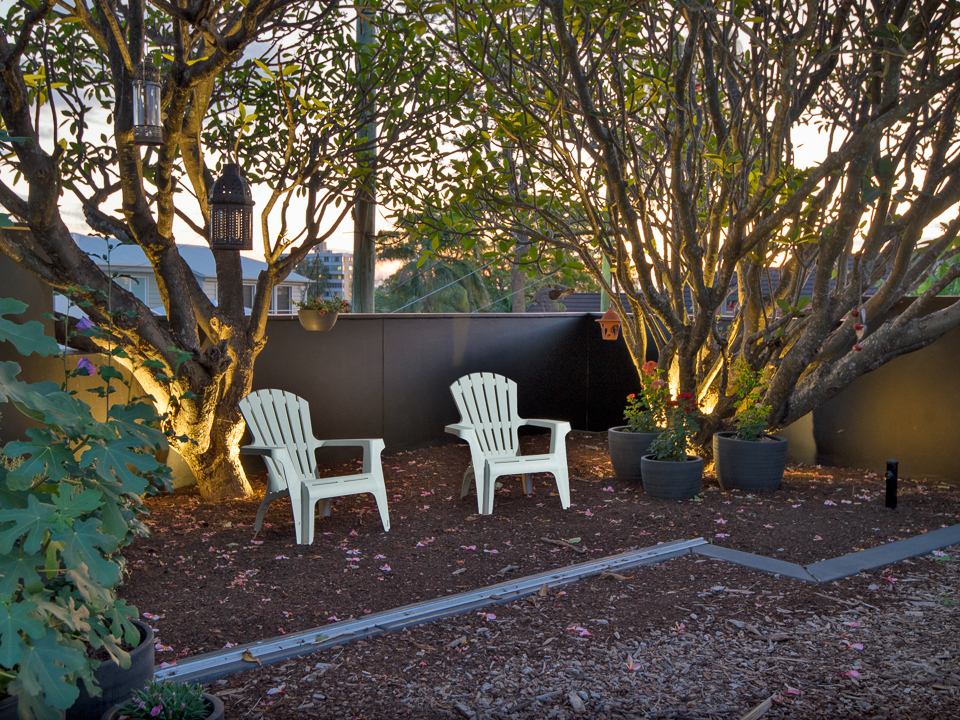
1930s Art Deco Queenslander: Simplicity is the key to this stunning design. The tall trees frame the space, while the pot plants give a subtle splash of colour. This low-maintenance space is perfect for quiet contemplation with a friend. Our team has a wealth of experience in creating external works and landscape design renovation like the one pictured here for this art deco Queenslander.
5. Create Defined Spaces Within Your Yard
There are several ways to create defined spaces within your garden. Visually, defining spaces can give your garden more depth and beauty. To create boundaries that form defined spaces, people often suggest using retaining walls. This is a great way to create a boundary in your yard, but there are a host of others, including:
- Pathways
- Pavers
- Rocks, stones, and boulders
- Fences
- Hedges
- Timber screens
- Railway sleepers
- Raised garden beds
- Stepped down garden beds
- Trestles
- Archways
- Planter boxes
Plants themselves can create defined spaces within a yard. You can do this through the use of colour. For example, you could place brightly coloured plants in the front, and darker colours and greens at the back. Or you can do this based on the height of the plants – low-lying plants at the front, medium in the middle, taller plants at the back, or a combination of both.
Expert tip takeaway: Whatever you use, you’ll want to ensure that it retains the features and feel of your home and garden generally. There should be a plan behind the spaces within your yard, with each defined space working in aesthetically with the other spaces.
6. Water Features
If you really want to up your landscape game, it’s hard to go past water features. Not only are water features visually appealing, but they also offer a sense of calmness, a feeling of tranquillity.
When it comes to water features, there are many variations to choose from, depending on the look you’re after and what will work within the rest of your design. Here are just a few options you can choose from:
- Ponds: Ponds offer a high degree of versatility when it comes to landscape design. They can be the centrepiece of your yard or a subtle feature in the corner that adds to the layers of interest in your yard.
- Fountains: When a simple pond doesn’t say enough, why not go for a fountain? Fountains are typically not discreet. They are designed to command interest and relax you with the sounds of water cascading down them.
- Rain curtains: I love these water features in the right garden. They can stand alone or be incorporated into a larger design. They produce a thin sheet of water that is relaxing to gaze into.
- Water walls: Water walls are a great feature in the right yard. They can be subtle or commanding, creating a tranquil vibe in your yard that’s reminiscent of a tropical holiday.
- Lazy streams: Small, bubbling streams that meander through your garden is really next-level landscaping, particularly if they involve waterfalls and ponds. Throw in a fountain, and you have the ultimate landscape water feature.
Expert tip takeaway: If you’ve chosen a pond or any other form of still water, it’s important that it doesn’t turn into a mozzie breeding area. Fish can really help keep the mozzies at bay, but remember, the design needs to protect the fish themselves from birds and cats.

1930s Art Deco Queenslander: With perfectly designed and manicured tropical gardens popping with colour and vibrance. Finally, the large mesh-covered veggie pavilion at the rear of the property brings urban farming to the suburbs on the fringe of the city.
7. Swimming Pools
As landscape architects, one area we often find lacking in swimming pool design is the fencing. Now you’re probably thinking we mean the fencing around your pool that’s required by law. But we’re actually talking about your boundary fencing for those pools that run along a boundary fence.
This boundary fencing helps to visually define the space, particularly when the pool sits horizontally in your garden. So, it’s the fence and any plants or structures that really capture the eye as you approach the pool. This fencing is also important for privacy which is why we put so much time and effort into planning this aspect of your design.
The style of your home and the overall theme of your landscaping will drive the direction of this design aspect. For example, tropical foliage looks great if that’s the theme of the home; however, if the home and pool area are more formal, nothing would look more out of place. For a home like that, panelling along the inside of the boundary fence or a feature wall, potentially incorporating a water feature, would be a lot more suitable.
Expert tip takeaway: As much as the fencing and any foliage are crucial to the overall design of the pool area, a well-designed space will still keep the swimming pool itself as the main feature.

North Lakes Pool: This renovation design project itself would involve landscaping, a new swimming pool and some internal work. But the main aspect of the project would be addressing the lack of natural light and airflow to the rear of the home. The outdoor space is zoned into a lounge area and a dining area, which features an outdoor kitchen. The swimming pool is visible from these spaces which helps maintain an appropriate connection.
Let Us Design the Perfect Outdoor Space for Your Home
I hope you’ve found these tips useful. There are practical tips and suggestions that are sure to improve your overall landscape design. But if you want your yard to achieve its full potential, you should consider having us create a fully tailored landscape design for your home.
As architects who offer high-quality landscape design services, we can help turn your yard into a tranquil paradise that perfectly suits your needs. So many homes don’t make use of the full potential of their yards. At dion seminara architecture we have a wealth of experience in creating stunning Brisbane landscaping and hardscaping designs that complement your home as well as your lifestyle.
Check out our landscaping services or get in touch today. Our expert landscape architect, Brisbane team is ready to help!

DION SEMINARA, DION SEMINARA ARCHITECTURE
We are experts at home design, renovations and new homes and ensure good value for money outcomes.Hi, I am Dion Seminara, practicing architect and licensed general builder for 30 years as well as an environmental sustainable design (ESD) expert. I graduated from Queensland University of Technology (QUT) with honours, QLD in 1989. Registered as an architect in 1991 and registered as a builder in 1992, I am also a fellow member of the Australian Institute of Architects (AIA). Having received 12 ArCHdes Residential Architecture Awards, LJ Hooker Flood Free Home Design Award and the 2016 AIA Regional Commendation for Public Architecture, my expertise with both residential renovation (to all types of houses, especially Queenslanders, 50s/60s/80s), new contemporary homes and luxury residences has earned me a reputation as one of Brisbane's architectural specialists in lifestyle design architecture, interior design and landscape design.






